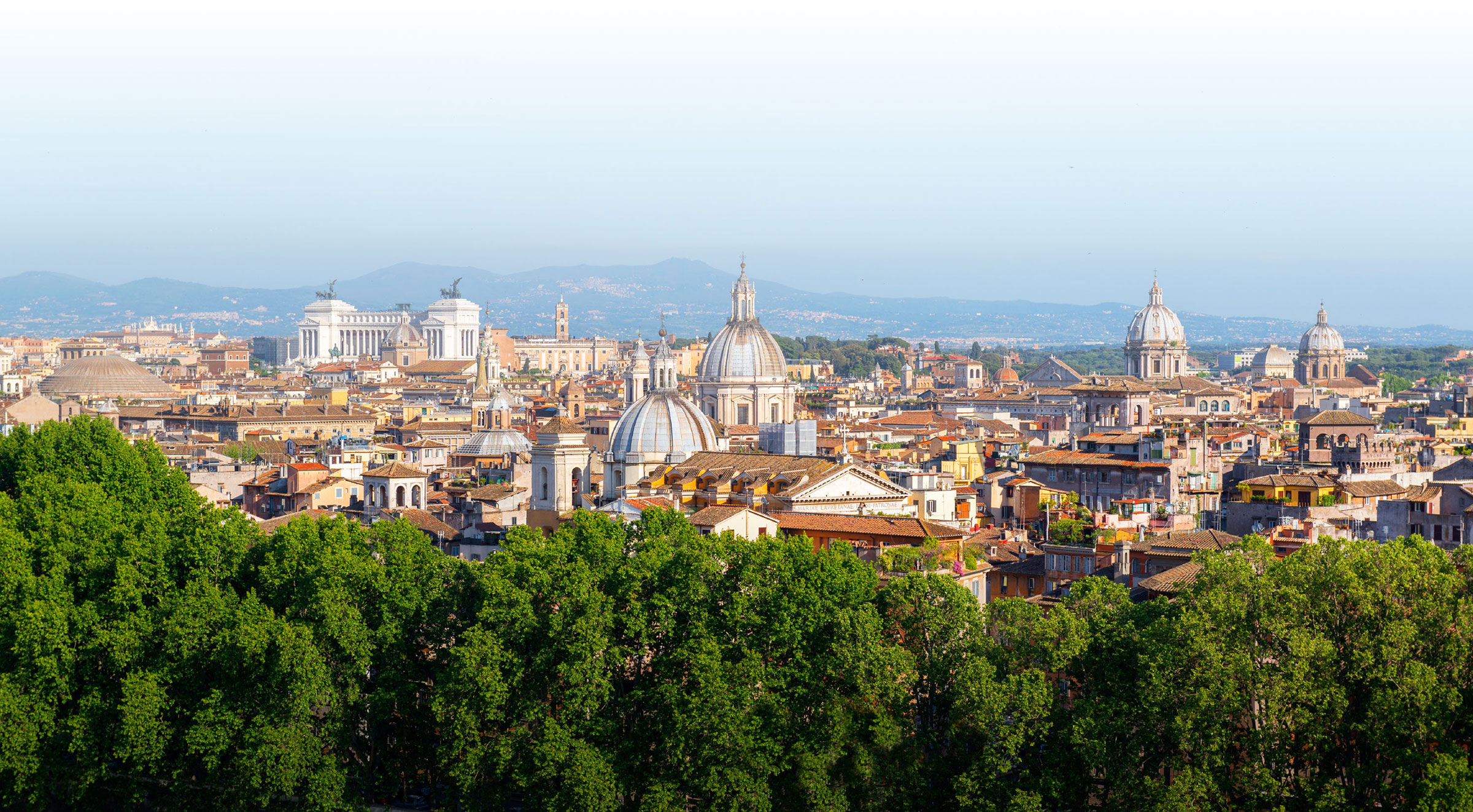Caribbean Islands
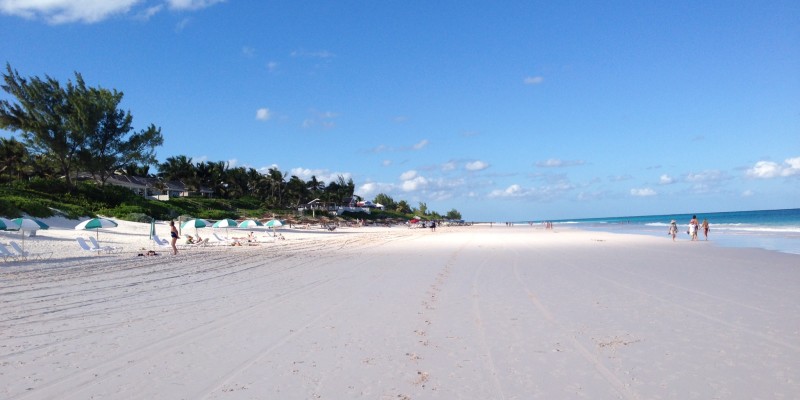
The most obvious reason is kids love the beach and all the Caribbean Islands have great beaches but there is so much more to experience. Fishing, snorkeling and scuba diving are all great ways to experience the ocean, but why were these islands settled originally?
The Spanish were the first to discover and explore these islands. Christopher Columbus on his four voyages (1492, 1493, 1498, 1502) would anchor to replenish fresh water, gather food and look for gold.
Columbus was searching for a route to India. The Portuguese controlled the trade route around Africa, so Spain was looking for an alternative. Europe had embraced the spices from Asia since the time of Marco Polo, but since the fall of Constantinople to the Turkish Ottoman Empire in 1453 the land route was dangerous. Claiming all the islands and portions of Latin and South America for Spain, Spain would benefit for the next several hundred years from the gold and other natural resources they could extract. The rest of Europe realized they needed to catch up and over time England, France and the Dutch would all claim islands in the Caribbean. As you choose what Caribbean island to visit consider whether you want British, French, Dutch or Spanish influence because even today these island have kept their cultural heritage. The British, using troops recruited in Virginia, would gain control of Barbados, The Caymans, Jamaica, Turks and Caicos, the Bahamas. The French would take Dominica, Martinique, and Guadeloupe, while the Dutch Aruba and Curacao. Each of these islands has their own unique attractions. Spanish influence can still be found in Puerto Rico, Dominican Republic and Cuba. While resorts now dominate most of the beaches and Cruise ships are a great way to check out multiple islands in a week, take time to consider what specifically you might want to see and do. For example:
Puerto Rico has two Spanish forts to explore: Castillo San Felipe del Morro and Castillo San Cristobal. It is interesting to hear history through the Spanish filter rather than the British filter most American school students learn it. Sir Francis Drake was a hero to England and a pirate to Spain.
The Cayman Islands are home to gigantic turtles and large schools of stingrays.
The British Virgin Islands are home to 21 National Parks, including Devil’s Bay National Park, Gorda Peak National Park and J.R. O’Neal Botanic Gardens.
The American Virgin Island St. John has its own National Park to visit encompassing 7,000 acres.
On every one of these islands you will have the opportunity to fish, walk the beaches but to get the most out of the trip plan to go under water by submarine, snorkeling or sub diving. Exploring life in the ocean opens a child’s imagination. The vibrant colors, odd looking sea creatures will entertain and amaze. Learn how a submarine works. Learn to scuba dive takes planning ahead but the benefit is getting to stay under water longer exploring a wider area. It also teaches your child about the need for oxygen, buoyancy, maintain one’s body temperature.
The Caribbean in the shallow waters is famous for the best pound for pound fighting bone fishing, including tarpon, permit, pompano, wahoo, and the barracuda. Go just offshore where the sea floor drops off and fish for marlin, swordfish, yellow tuna and sailfish. If you are looking to fish and help the environment, fish for lionfish which destroy the coral reefs eliminating habitat for multitudes of sea creatures.
Introduce your child to the different tastes from the sea – crab, shrimp and all different types of fish.
Also research the economic history of the islands, the role they played in the salve trade, impact of sugar plantations, as well as one of America’s most famous statesmen Alexander Hamilton.
The Caribbean is a special living laboratory to take your child. Enjoy the sun and beach but enrich your child’s education by introducing all the wonders available to experience.

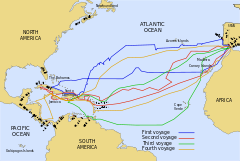
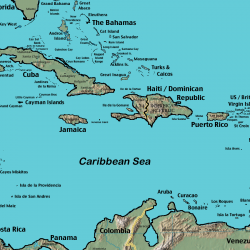
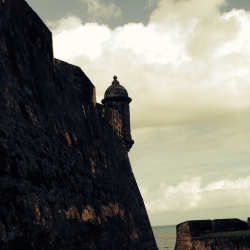
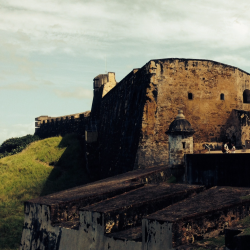
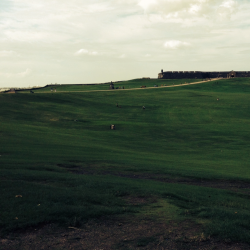
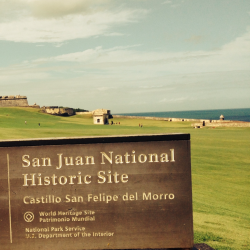
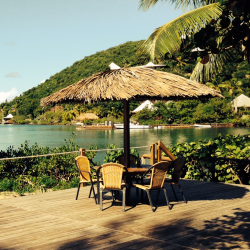
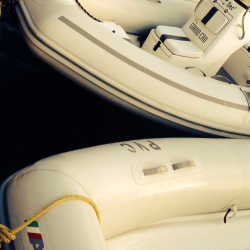
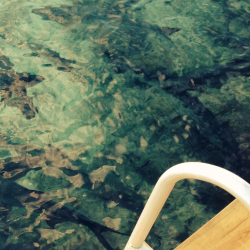
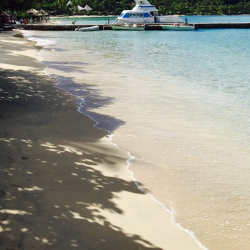
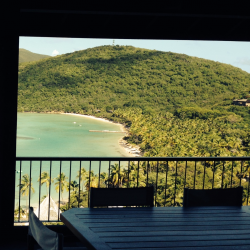
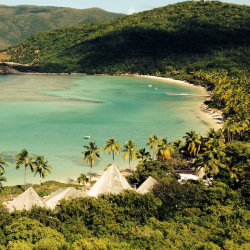
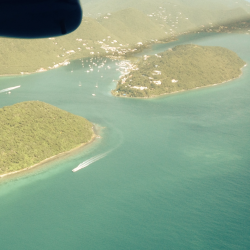
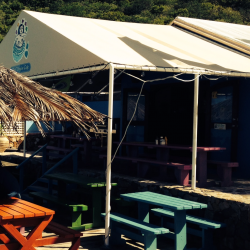
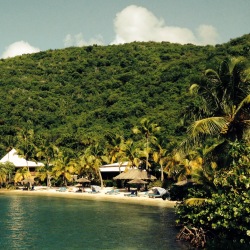
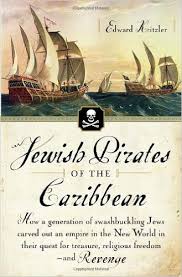 Jewish Pirates of the Caribbean
Jewish Pirates of the Caribbean
